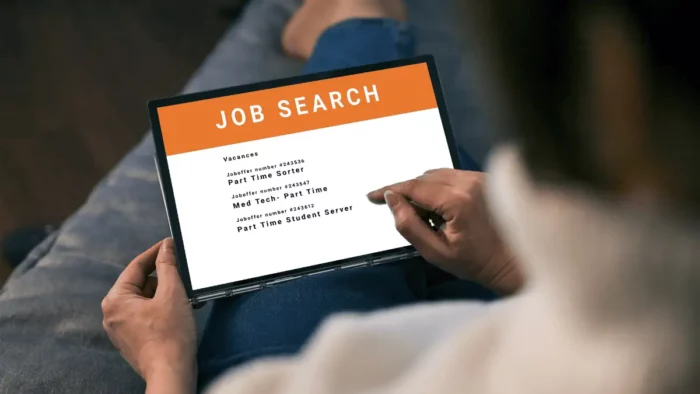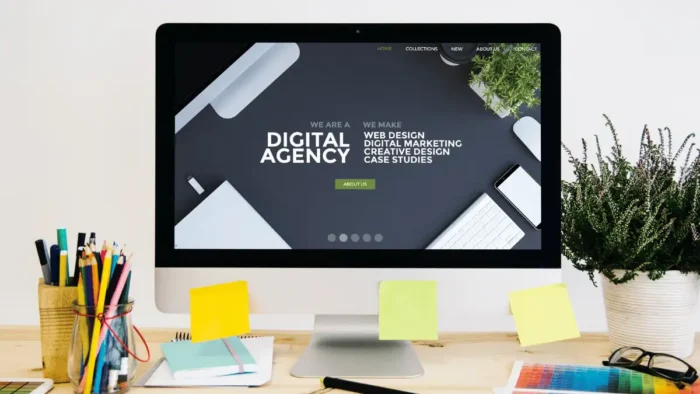It is no secret that memes have become an acceptable form of communication and advertising on social media. Businesses are able to capitalize on their popularity by sharing these eye-catching and often hilarious images to increase their online reach, following, and customer base.
Fortunately, you can capture the same effect in the real world with chalkboard signs. Chalkboard signs are an artistic way to reach out to customers on the streets, as you would with an internet meme. Better yet, an eye-catching chalkboard sign usually ends up on social media anyway. Here are some ideas to consider when creating chalk signs to capitalize on this growing marketing trend.
Make it a Meme
Why not take that connection between chalkboard signs and internet memes to the next level by drawing a popular meme on your board? Every week there seems to be a new, popular meme. Keep an eye on what your audience is liking online and translate it to your board while making it relevant to your business.
If all else fails, there are a plethora of highly recognizable memes to fall back on. You could choose Fry from Futurama looking confused to communicate a sale. On the other hand, you might have the Most Interesting Man in the World say that he doesn’t always shop, but when he does, he shops with you. You are only limited by your imagination and the entire expanse of the World Wide Web.
Pose a Question
Asking your customers questions about themselves is one of the best ways to increase engagement. Write a question of the day on your chalkboard and allow people to write their answers. There are a few angles to take when using this approach, depending on the nature of your business.
First, you could speak to the masses with a pop culture-related inquiry. Ask passersby who were better, Gandalf or Dumbledore. Were they team Jonathan or team Steve in Stranger Things. Or, take a general approach to the popular debates of the era, such as asking: is pineapple pizza good or evil? These are lighthearted questions that speak to a broad audience and ignite conversations about shared interests.
You could also take a more serious approach, by asking an open-ended question that’s deeper in nature. What does the world need now? If you could go anywhere, where would it be? What would you do today if fear wasn’t in the equation? Thought-provoking questions stick with people as the day goes on, meaning your business is holding real estate in their minds.
Riddle Me This
Rather than asking a general question on the chalkboard, entice readers to enter your business for the answer to a riddle or trivia question. You can even use this approach to create a contest, in which those who answer correctly are entered into a draw to win a prize. If your business sells tangible goods, they may even be required to make a purchase to be deemed eligible. The choice is yours.
Keep it Simple
You don’t have to use memes, questions, or gimmicks to optimize your chalkboard space. Keep it simple with a quote, menu options, business hours, sales, or whatever is going on in your business that day. The trick is to turn your message into art with eye-catching letters, colors, and artwork.
Use chalkboard markers to add artistic elements to your message. Scrolling fonts, images, borders, and designs can entice people to stop and read your board. In this sense, your chalkboard becomes an advertisement, potentially attracting customers to your door.
Hand Over the Reins
Drawing and coloring have become mainstream stress relieving activities in recent years. Rather than creating a message or image to attract customers, let them do the work for you. Write at the top of your sign “Draw Something” and see what happens. People will enjoy the brief break from their daily routines and you get to enjoy the results.
“Creativity takes courage,” said famous artist Henri Matisse, and he was right. The same can be said about entrepreneurship. Don’t be afraid to let your creativity fuel your business goals by using this new, modern twist on old-school marketing. We’ve come a long way from 19th-century sandwich boards, but that doesn’t mean that traditional marketing methods have no merit in the internet age.





